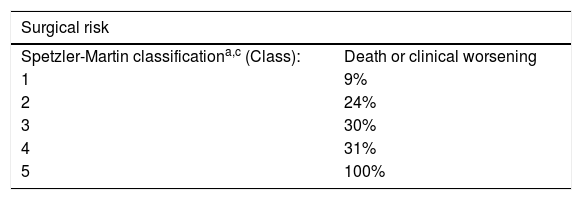Anomalous intracranial vessels are not uncommon, and this finding is not always associated with arteriovenous malformations. Other conditions such as anomalous connections between arteries or phlebitc patterns can also present as vessels with abnormal intracranial locations. Noninvasive diagnosis is important to determine whether to do more invasive tests such as cerebral digital subtraction angiography or to estimate the risk of bleeding in arteriovenous malformations and therefore to evaluate the need for endovascular/surgical treatment. In this paper, we present an algorithm for the differential diagnosis of anomalous intracranial vessels according to their location (intra/extra-axial) and function (whether the vessels are arterialized). Moreover, we analyze the important points of the angioarchitecture of the principal arteriovenous malformations with risk of intracranial bleeding, such as pial arteriovenous malformations and dural fistulas.
La detección de vasos anómalos a nivel intracraneal no es un hallazgo infrecuente y no siempre está asociada a la presencia de malformaciones arteriovenosas. Otras entidades como las conexiones arterioarteriales o un patrón flebítico también pueden presentarse como unos vasos en localización intracraneal anómala. El diagnóstico mediante pruebas no invasivas es importante para determinar la necesidad de realizar pruebas más cruentas como una angiografía cerebral por sustracción digital o para estimar el riesgo de sangrado en malformaciones arteriovenosas y, por tanto, evaluar la necesidad de tratamiento endovascular/quirúrgico. En este manuscrito presentamos un algoritmo de diagnóstico diferencial de la presencia de vasos anómalos intracraneales de acuerdo con su localización (intra/extraaxiales) y su funcionalidad (arterialización o no de dichos vasos). Asimismo, analizaremos los puntos importantes de la angioarquitectura de las principales malformaciones arteriovenosas con riesgo de sangrado intracraneal, como son las malformaciones arteriovenosas piales y las fístulas durales.
Artículo
Comprando el artículo el PDF del mismo podrá ser descargado
Precio 19,34 €
Comprar ahora



















